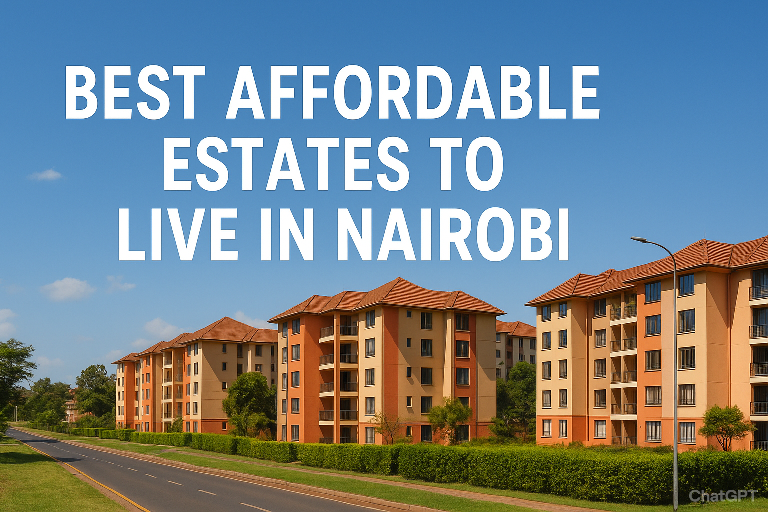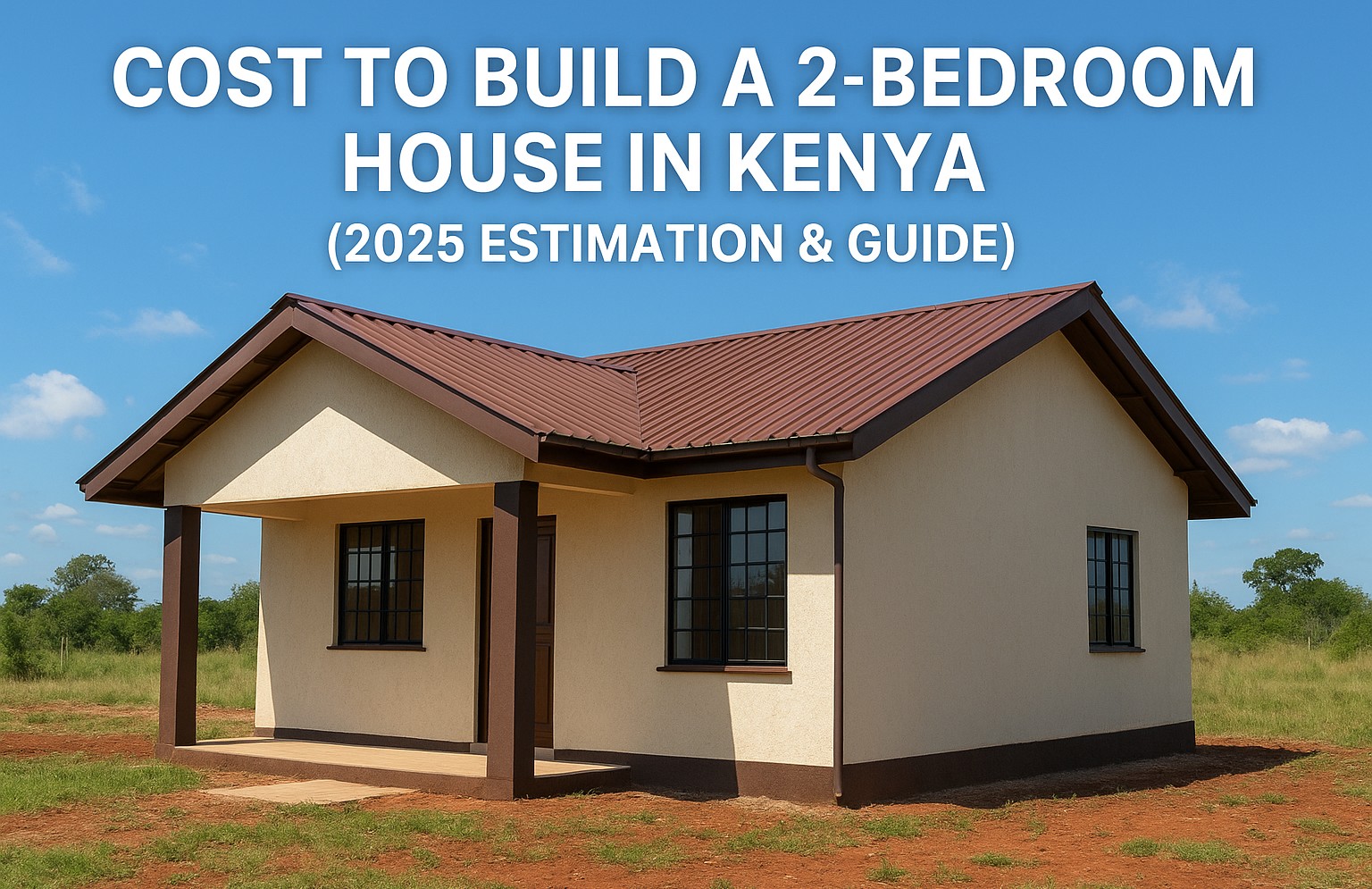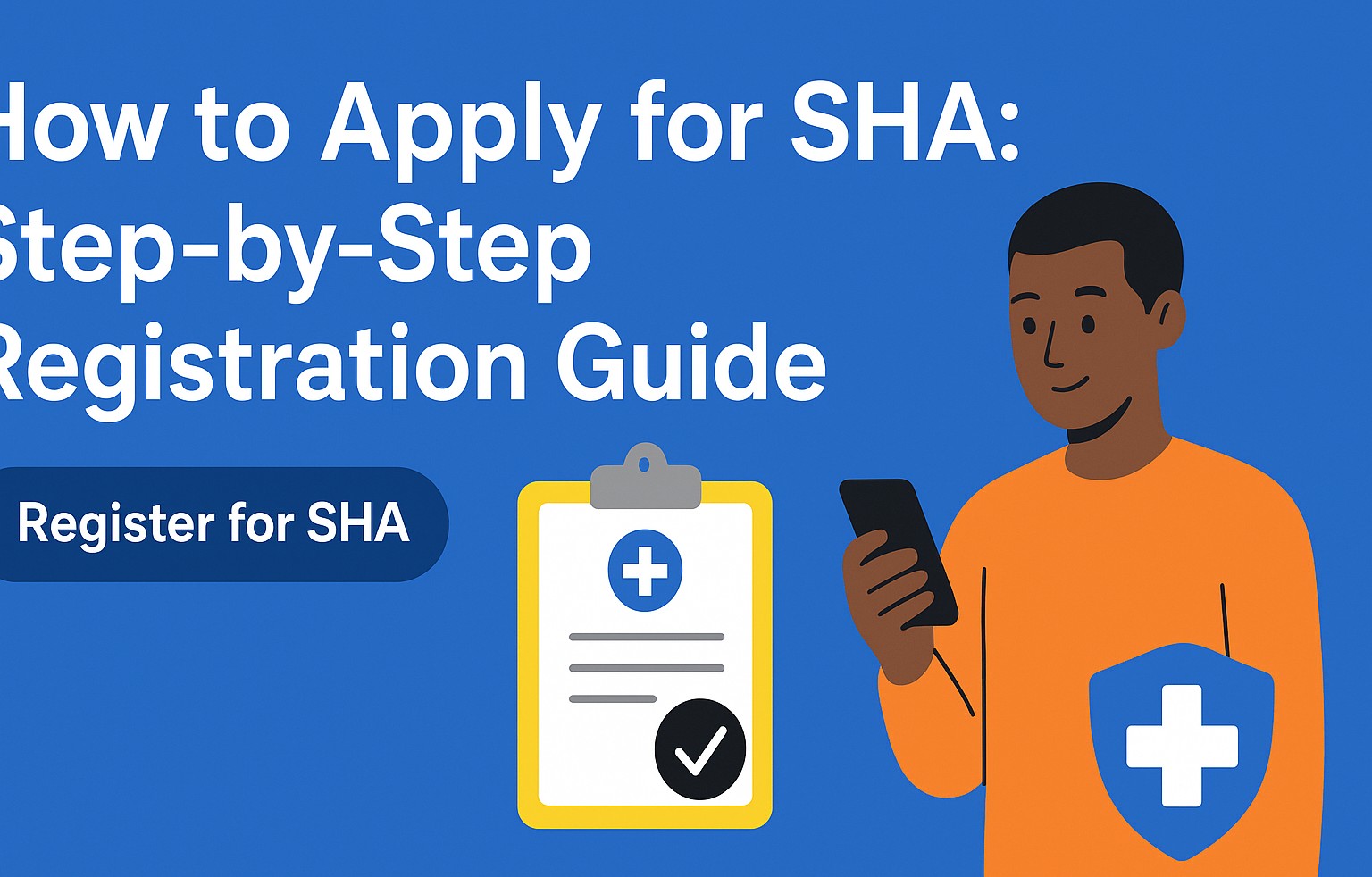

Titus Morebu
Author
Best Affordable Estates to Live in Nairobi in 2025: Top Picks & Practical Guide
Looking for budget-friendly estates in Nairobi? Discover well-located suburbs, current rent ranges, pros & cons to make your move easier. 🏠
Finding the Best Affordable Estates in Nairobi in 2025
Nairobi’s property market has changed a lot recently. As infrastructure improves—roads, utilities, public transport—areas once considered too far are now viable options. This guide covers estates/suburbs offering strong value: reasonable rents or sale prices, good access to amenities, safety, and growth potential. Let’s help you decide where to live without overstretching your budget. 💡
What “Affordable” Means in Today’s Nairobi
- Rent thresholds: One-bedroom units in many satellite towns now go for ~KSh 10,000–20,000/month; bedsitters may be in the KSh 5,000–10,000 bracket in more budget-sensitive areas.
- Sale prices: For those buying, estates along improved transport corridors tend to offer lower per-sqm prices while gaining value as development catches up.
- Trade-offs to expect: commuting time, lower density of amenities, sometimes less prestige, possibly more basic infrastructure—but often compensated by quieter surroundings & lower cost of living.
Top Estates & Suburbs Offering Great Value
Here are some of Nairobi’s best value estates for 2025. Each offers something different depending on priorities like proximity, cost, or comfort.
1. Ruiru
Where it is: Along Thika Superhighway in Kiambu County, just outside Nairobi’s official metropolitan edge.
What you’ll pay: One-bedroom apartments often go for ~KSh 10,000–18,000/month.
Why it’s attractive:
- Good road access and increasing infrastructure investment.
- Many schools, shopping centres, and services are expanding.
- Strong appeal if working in Thika Road corridor or commuting city-bound.
2. Syokimau & Mlolongo
Where it is: Along and just off Mombasa Road; connected via the Expressway & SGR works.
What you’ll pay: One-bedrooms ~KSh 10,000–20,000/month.
Why it’s attractive:
- Proximity to Nairobi city, airports, and industrial hubs.
- Transport links improving: easier access to express roads and public transit.
- Growing number of amenities like malls and restaurants.
3. Ongata Rongai
Where it is: Kajiado County, south of Nairobi via Magadi Road.
What you’ll pay: One-bedrooms ~KSh 10,000–17,000/month in many parts.
Why it’s attractive:
- Good mix: affordability + relative peace compared to inner city.
- Amenities are steadily increasing (shopping, social spaces, schools).
- Many people working in Nairobi find this a tolerable commute given savings on rent.
4. Kasarani
Where it is: Off Thika Road, northeast Nairobi.
What you’ll pay: One-bedrooms start from ~KSh 14,000; two-bedrooms go higher depending on finish & demand.
Why it’s attractive:
- A balance of distance and developed infrastructure.
- Better schools, retail, and leisure options compared to more remote suburbs.
- Fair security and more services than more fringe areas.
5. Athi River
Where it is: Southeast of Nairobi, accessible via Mombasa Road and the railway lines.
What you’ll pay: Rents and sale prices are lower than many inner city areas; gated communities and modern estates are becoming more common.
Why it’s attractive:
- Improving roads, utilities and water infrastructure.
- Good option for buyers looking for more space.
- Strong potential for growth and increase in property value.
6. Kikuyu Town & Uthiru / Kinoo
Where it is: West / northwest fringes of Nairobi via Waiyaki Way and related access roads.
What you’ll pay: Many one-bedrooms or smaller units fall under the KSh 15,000–20,000/month range, depending on finish and access.
Why it’s attractive:
- Serene settings; greener surroundings than dense estates.
- Growing social amenities; many people willing to live somewhat far in order to reduce rent and enjoy quieter life.
- Improved transport corridors make commuting easier.
7. Embakasi (including Imara Daima, Nyayo, Donholm)
Where it is: In East Nairobi (Eastlands). Well distributed near JKIA and major roads.
What you’ll pay: Bedsitters or small one-bedrooms can be among the cheapest. Two-bedrooms within better estates cost more, but still favourable versus CBD fringes.
Why it’s attractive:
- Affordable with access to many daily services.
- Transport options: matatus, buses, and proximity to airport.
- Multiple choices based on how much you want to pay: some estates more basic; others more upscale.
What to Check Before You Move
- Commute time vs cost: Savings in rent can vanish if transport is expensive or takes long. Consider access to major roads, public transport, and peak travel times.
- Infrastructure & services: Water supply, sewerage, electricity, internet. An area might be “cheap” but suffer frequent outages.
- Security: What is crime like? Is there lighting, policing, gated entrances? Safety often differs greatly even within the same estate.
- Proximity to schools, hospitals, shopping: These affect both quality of life and expense. Being far from them adds cost in transport and time.
- Resale or rental potential: If buying, check future developments in the area, planned roads or infrastructure that may boost value.
Tips on Getting the Best Deal
- Compare multiple listings: Don’t settle on the first property. Use platforms like BuyRentKenya, KenyaPropertyCentre & others to see what similar units are going for.
- Negotiate wisely: Especially if you are committing to longer lease terms. Landlords sometimes give better rates for 1-year or more.
- Visit at different times: Morning rush vs evening traffic, weekends vs weekdays; see how accessible and livable the area really is.
- Check developer reputation: For newer estates especially, quality of build, finishing, and management matters for cost of maintenance and satisfaction.
Future Trends & Considerations
- Government affordable housing programs are being rolled out; these may unlock access to quality homes at lower cost.
- Fixed infrastructure projects (new roads, bypasses, expressways) are reshaping which suburbs will be more desirable & accessible.
- Increasing demand in satellite towns means prices in those places are gradually rising—so smart buyers/renters act sooner rather than later.
Conclusion
Choosing where to live in Nairobi on a budget doesn’t mean compromising too much. With good research, you can find estates that strike a healthy balance between cost, convenience, and comfort. Prioritize what matters most—commute, amenities, environment—and you’ll find a place that feels like home without overstretching your finances. 🏡
If you want, I can pull up current listing examples in one of these estates to help you compare — would that be useful?
External resources you might explore:
Gallery

Related Articles
3 articles
Cost to Build a 2-Bedroom House in Kenya (2025 Estimation & Guide)
Discover the realistic cost to build a 2-bedroom house in Kenya in 2025, with region-by-region cost ranges, detailed breakdowns, tips to save, budgeting pitfalls, and pro advice.

How to Apply for SHA: Step-by-Step Registration Guide 🏥
Learn how to register for Kenya’s Social Health Authority (SHA) using USSD or online, complete registration steps, make payments, add dependents, and access benefits.

Top Hospitals in Kenya & Their Treatment Costs 💉
Discover Kenya’s leading hospitals and get realistic cost estimates for common procedures to guide your healthcare decisions.